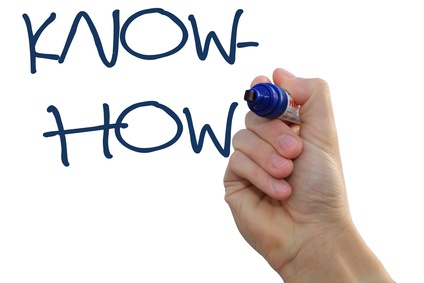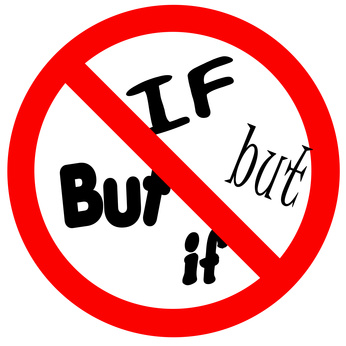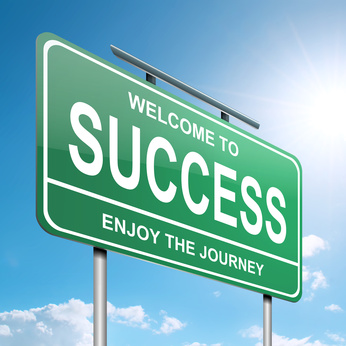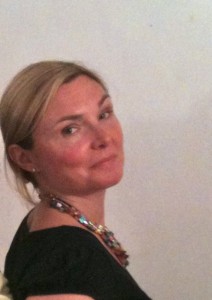Could a Master Mind Group Benefit You and Your Business? 1
As we approach the end of 2012 and the start of 2013 Cindy Hillsey focuses upon a specific type of resource in today’s guest post.
Could a Master Mind Group Benefit You and Your Business?
By Cindy Hillsey
Master Mind. Join a Master Mind group. Come Master Mind with us! After a while the term Master Mind becomes diluted and we are not sure what exactly it means.
The term Master Mind originates with Napoleon Hill and his business classic book, Think and Grow Rich. Hill defines a Master Mind as a “coordination of knowledge and effort, in a spirit of harmony, between two or more people, for the attainment of a definite purpose.” What Hill is saying is that a Master Mind is simply a group of two or more people who come together for a specific purpose. Since Think and Grow Rich was published in 1937, the Master Mind concept has evolved and is one of the many tools business owners use to keep themselves and their business on a forward path.
How can you benefit from finding, and joining, a Master Mind? Here are some ways:

- Growth – Not only business growth, but personal growth is a benefit of joining a Master Mind. Many times we think we don’t have anything to contribute; however, we must remember no-one else has our exact experiences and perspective. We are all unique and see through different filters. Sometimes it’s the most basic question or comment that opens up new perspectives for the Master Mind group. Everyone has something to share in a Master Mind group and deep connections are usually made among the group members.

- Resources and New Perspectives – Think of your Master Mind group as your very own Board of Directors. They are all there to help you grow as a person and grow your business. No-one has all the answers. Remember the saying, ‘two heads are better than one’? Well, all the heads in a Master Mind group are better than one! The ability to brainstorm and gain new ideas and perspectives are like gold. Where else can you get such an unbiased perspective? (Family and friends mean well, but they often don’t have the proper perspective.)

- Safe Place – What goes on in each Master Mind group stays in that particular group. This is the space where you get to share your fears, triumphs, and the in-between. You receive unconditional support from the group. Just knowing you have a place to go and share can mean the difference between moving forward in your business and staying right where you are.

- Experience – In a Master Mind group, you have the collective wisdom of everyone in the group! How cool is this? Perhaps you have a member who is an expert in marketing, or one who is an expert in building websites. The collective experience is one of the greatest benefits of being in a Master Mind.

- Accountability – This one is huge! As entrepreneurs, it is easy to get caught up in many little things, and lose the vision of the big picture. How many times have you said you were going to do something to move forward in your business, but it never happened? A Master Mind group can help to keep you accountable to what you say you are going to do. The last thing you want to do is make a commitment to the group and then show up and report that you’ve done nothing. Having the accountability to the group can give you that extra push to get it done and make something happen in your business!
Could your business use a shot of collective brainstorming? Is it time for you to join a Master Mind? Only you know that. Keep in mind, there are many different types of Master Mind groups. Some are set up for a certain period of time, some are created for just idea generation only, for accountability only, or they can be designed around a specific industry. Some have a cost to join and others do not. The key is to find the one that feels good to you and that meets the criteria you are looking for. And, if you can’t find one that specifically meets your criteria, create your own!

If you are considering joining a Master Mind, I’d like to let you know that I am opening up two groups that will begin in January. You will find all details at: http://virtualpartnering.com/mastermind/
Here’s to getting 2013 off to a great start!
Happy Holiday’s to you all!
About the Author/Further Resources
Cindy Hillsey, CPC, ACC, is a Business Coach and the owner of Virtual Partnering, based in Albuquerque, New Mexico. Cindy has an extensive background in small business, both online and offline. By combining her experience, business skills, and her coaching skills, she is able to offer her clients a unique perspective to help them achieve their business goals. She works primarily with women who are Coaches and Virtual Assistants (VAs), who have lots of ideas and ambition and who want to own their own business. Cindy helps her clients see past where they are stuck by clearing the fog; see the possibilities, feel the excitement, discover the ‘how-to’s’, and acquire a confidence in themselves and their business. Cindy gives her clients hope! Her motto is: Think it! Create it! Market it! Helping women in business bridge the gap between their desires and their results.
Cindy holds a Bachelor of Science in Management from Davenport University. She is a certified coach through the International Coach Academy. Along with being a member of the International Coach Federation (ICF), she also holds the Associate Certified Coach designation through the ICF.
Cindy’s websites:
http://virtualpartnering.com
http://zenhillenterprises.com
Connect with Cindy:
Facebook: http://www.facebook.com/VirtualPartnering
Twitter: http://twitter.com/cindyhillsey
LinkedIn: http://www.linkedin.com/in/cindyhillsey




 Lorraine is passionate about resilience as a key component in a child’s mental toolbox and as a prerequisite to achievement, whatever that might be for that child. Lorraine delivers emotional resilience-building programmes, known as Way2be.me, in schools and runs workshops for parents and teams. She also works with other creative practitioners to deliver peer mentoring, after-school and holiday clubs, transition projects and targeted programmes for children who are at risk of not meeting their potential or those who need a confidence boost.
Lorraine is passionate about resilience as a key component in a child’s mental toolbox and as a prerequisite to achievement, whatever that might be for that child. Lorraine delivers emotional resilience-building programmes, known as Way2be.me, in schools and runs workshops for parents and teams. She also works with other creative practitioners to deliver peer mentoring, after-school and holiday clubs, transition projects and targeted programmes for children who are at risk of not meeting their potential or those who need a confidence boost.



 As a business coach and mentor, author, speaker, and firewalk instructor, Karen Williams, from Self Discovery Coaching, works with coaches and solopreneurs who are breaking free from the corporate world and want to create a successful business. She helps them to develop the foundations for a successful business, stand out from the crowd and enjoy every step of the way.
As a business coach and mentor, author, speaker, and firewalk instructor, Karen Williams, from Self Discovery Coaching, works with coaches and solopreneurs who are breaking free from the corporate world and want to create a successful business. She helps them to develop the foundations for a successful business, stand out from the crowd and enjoy every step of the way.